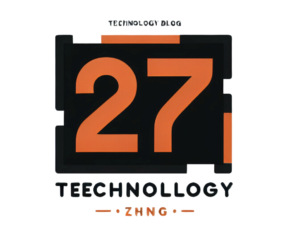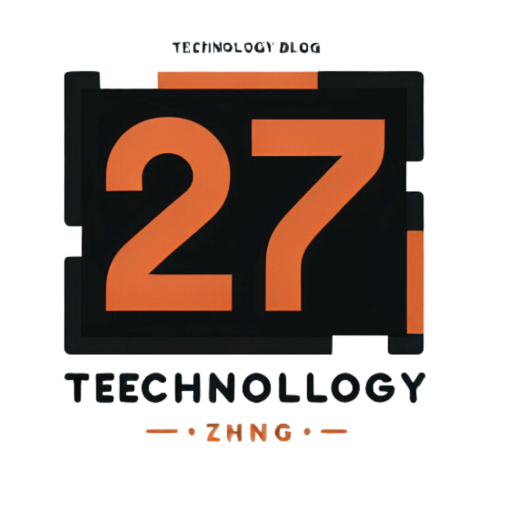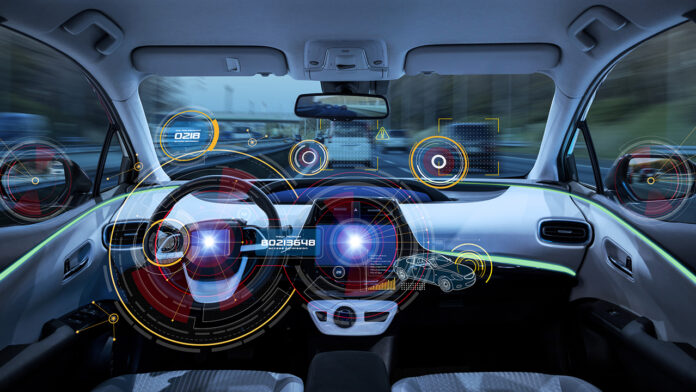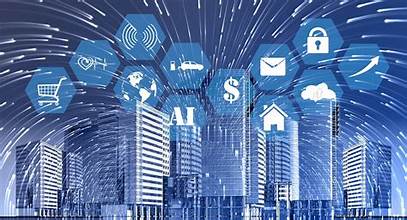
In recent years, the Internet of Things (IoT) has transformed the way we interact with technology, leading to unprecedented levels of connectivity and automation. As we step into 2024, several IoT platforms are poised to lead the charge in innovation, offering groundbreaking solutions that promise to redefine the landscape of connected devices. This article explores the top IoT platforms to watch in 2024 and highlights the innovations driving their success.
1. AWS IoT Core
Amazon Web Services (AWS) has long been a major player in the cloud computing space, and AWS IoT Core continues to be a leading platform for IoT solutions. AWS IoT Core provides a robust infrastructure for connecting and managing IoT devices securely. In 2024, AWS IoT Core is set to enhance its offerings with advanced machine learning (ML) capabilities and edge computing features.
Key Innovations:
- Enhanced ML Integration: AWS IoT Core’s integration with AWS SageMaker allows for the deployment of machine learning models directly on IoT devices. This enables real-time data processing and intelligent decision-making at the edge.
- Improved Security: AWS IoT Core is incorporating advanced security measures such as automated threat detection and response mechanisms to safeguard connected devices and data.
2. Microsoft Azure IoT
Microsoft Azure IoT is another dominant platform in the IoT space, offering a comprehensive suite of tools for building, deploying, and managing IoT applications. Azure IoT is distinguished by its integration with Microsoft’s cloud services and enterprise solutions.
Key Innovations:
- Azure Digital Twins: This service provides a digital representation of physical environments, enabling organizations to model and simulate complex IoT systems. In 2024, Azure Digital Twins will feature enhanced analytics and AI capabilities.
- Edge Computing Enhancements: Azure IoT Edge is expanding its support for various edge devices and scenarios, facilitating more efficient data processing and reduced latency.
3. Google Cloud IoT
Google Cloud IoT stands out for its emphasis on data analytics and machine learning. The platform offers a range of tools for connecting and managing IoT devices while leveraging Google’s expertise in big data and AI.
Key Innovations:
- AI-Powered Insights: Google Cloud IoT integrates seamlessly with Google’s AI and ML services, allowing for advanced data analysis and predictive maintenance.
- Serverless IoT: The introduction of serverless IoT architecture simplifies device management and scaling, enabling developers to focus on building innovative applications without worrying about infrastructure.
4. IBM Watson IoT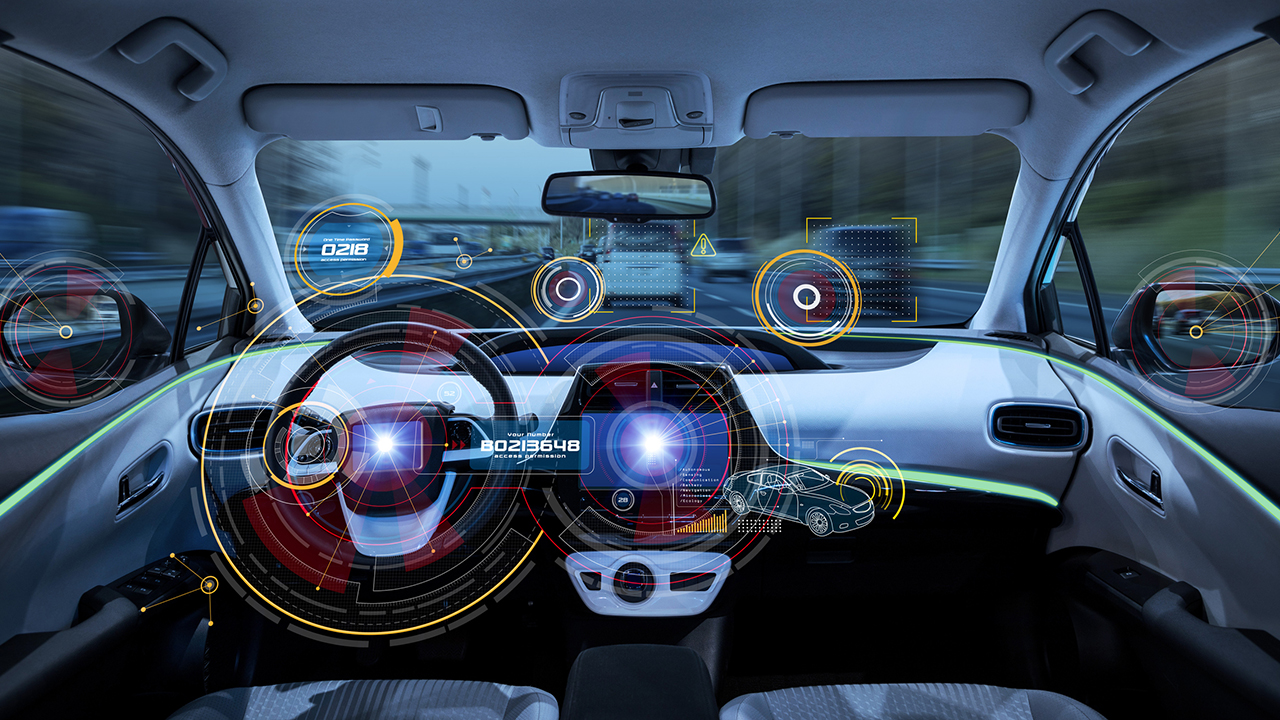
IBM Watson IoT is known for its focus on leveraging AI to enhance IoT solutions. The platform combines IoT connectivity with IBM’s powerful Watson AI capabilities to deliver intelligent insights and automation.
Key Innovations:
- Watson AI Integration: IBM Watson IoT’s deep integration with Watson AI enables advanced cognitive computing, offering enhanced predictive analytics and natural language processing for IoT applications.
- Blockchain for IoT Security: IBM is incorporating blockchain technology to provide a secure and transparent framework for IoT transactions and data integrity.
5. Siemens MindSphere
Siemens MindSphere is a leading industrial IoT platform that focuses on connecting industrial equipment and optimizing manufacturing processes. In 2024, MindSphere continues to advance with its emphasis on digital twins and predictive maintenance.
Key Innovations:
- Advanced Digital Twins: Siemens MindSphere offers sophisticated digital twin capabilities that allow for real-time simulation and optimization of industrial processes.
- Predictive Analytics: Enhanced predictive maintenance features leverage AI to anticipate equipment failures and reduce downtime.
6. PTC ThingWorx
PTC ThingWorx is an IoT platform renowned for its application development and connectivity capabilities. It is particularly popular among manufacturers and industrial enterprises for its robust features and flexibility.
Key Innovations:
- Augmented Reality (AR) Integration: ThingWorx is integrating AR to provide immersive experiences for remote assistance, training, and maintenance.
- Enhanced Analytics: The platform’s analytics capabilities are being upgraded to include more advanced data visualization and real-time insights.
7. Bosch IoT Suite
Bosch IoT Suite offers a comprehensive set of tools for managing and connecting IoT devices across various industries. The platform is known for its scalability and reliability.
Key Innovations:
- Multi-Device Management: Bosch IoT Suite is enhancing its multi-device management capabilities to streamline the deployment and monitoring of diverse IoT devices.
- Data Integration: Improved data integration features enable seamless connectivity and data exchange between IoT devices and enterprise systems.
8. GE Predix
GE Predix is tailored for industrial IoT applications, offering powerful tools for connecting industrial assets and optimizing performance. The platform focuses on driving efficiency and innovation in industrial sectors.
Key Innovations:
- Industrial Data Analytics: GE Predix’s analytics capabilities are being expanded to provide deeper insights into industrial operations and asset performance.
- Advanced Edge Computing: The platform is enhancing its edge computing features to support more complex industrial IoT scenarios.
9. SAP Leonardo IoT
SAP Leonardo IoT integrates IoT with SAP’s enterprise solutions, offering a comprehensive platform for managing IoT data and applications across various industries.
Key Innovations:
- Integration with SAP Ecosystem: SAP Leonardo IoT’s integration with SAP’s enterprise resource planning (ERP) systems enables seamless data flow and process optimization.
- AI and ML Capabilities: Enhanced AI and ML features are being incorporated to provide advanced predictive analytics and process automation.
10. Particle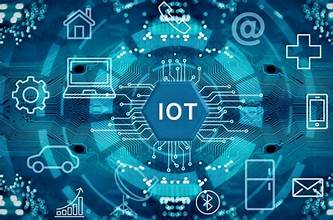
Particle is a cloud-based IoT platform that focuses on providing end-to-end solutions for device connectivity and management. It is known for its user-friendly interface and developer-friendly tools.
Key Innovations:
- Unified IoT Connectivity: Particle is introducing unified connectivity solutions to simplify the deployment and management of IoT devices across different networks.
- Enhanced Developer Tools: The platform’s developer tools are being upgraded to support faster prototyping and deployment of IoT applications.
Conclusion
As we move into 2024, these IoT platforms are at the forefront of innovation, driving the future of connected devices with their advanced features and capabilities. From enhanced AI integration to improved security and edge computing, each platform offers unique solutions that cater to different industry needs. Staying informed about these advancements is crucial for businesses and developers looking to leverage the full potential of IoT technology.
